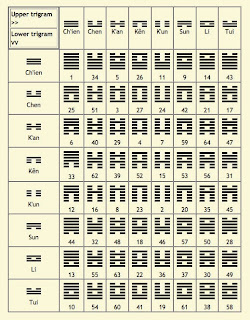In today's world, sustainability is more than just a buzzword. It's an essential part of responsible leadership. And as it turns out, martial arts have a lot to offer when it comes to cultivating sustainable practices.
At its core, sustainability is all about finding ways to create long-term value while preserving natural resources and avoiding negative impacts. In the context of leadership, this means building organizations and teams that can thrive over the long term, while minimizing harm to the environment and society at large.
So how can martial arts help with this? Here are a few key lessons that martial arts can teach us about sustainability:
Respect for Nature
In martial arts, practitioners learn to respect and appreciate the natural world. They learn to move in harmony with their environment, and to use their energy and resources wisely. This mindset can be applied to leadership as well. By recognizing the interconnectedness of our actions and their impact on the environment, leaders can make more sustainable choices, such as reducing waste and carbon emissions, conserving natural resources, and supporting environmentally-friendly practices.
Discipline and Self-Control
Martial arts require a great deal of discipline and self-control. Practitioners must learn to channel their energy and focus their attention in order to achieve their goals. This same discipline can be applied to leadership, helping leaders stay focused on their long-term vision and goals, while avoiding short-term temptations so many times used in management and distractions that may harm the organization or the environment.
Resilience and Adaptability
Martial arts also teach practitioners to be resilient and adaptable in the face of challenges. They learn to stay calm and focused under pressure, and to quickly recover from setbacks. This same resilience can be applied to leadership, helping leaders navigate complex and unpredictable situations with confidence and creativity, while staying true to their values and vision.
Community and Collaboration
Finally, martial arts are deeply rooted in community and collaboration. Practitioners work together to improve their skills, support each other's growth, and celebrate their achievements. This same spirit of community can be applied to leadership, fostering collaboration and teamwork within the organization, and building strong relationships with stakeholders and partners in the wider community.
So how can you incorporate these lessons into your own leadership practice? Here are a few practical tips:
- Make sustainability a core part of your vision and values, and communicate this clearly to your team and stakeholders.
- Take steps to reduce waste, conserve resources, and promote environmentally-friendly practices within your organization.
- Stay focused on your long-term goals, while avoiding short-term temptations that may harm your organization or the environment.
- Build resilience and adaptability into your leadership practice, by staying calm and focused in the face of challenges, and seeking creative solutions to complex problems.
- Foster a spirit of collaboration and community within your organization, by supporting teamwork, growth, and celebration.
By applying these lessons from martial arts to your own
leadership practice, you can cultivate a more sustainable and responsible
approach to leaving and leadership, while building a stronger and more resilient organization
for the future. So why not start today, and see where the journey takes you?































